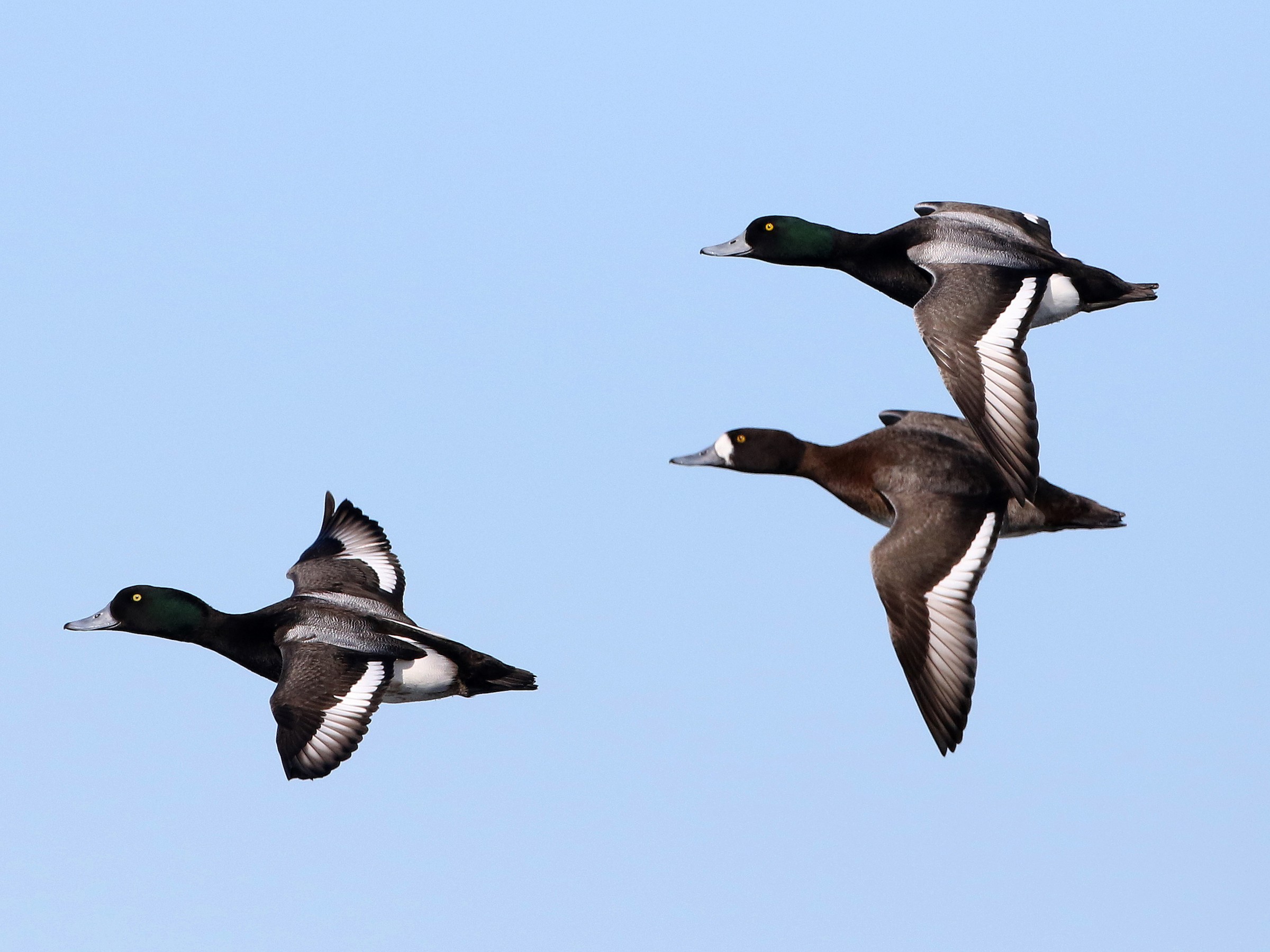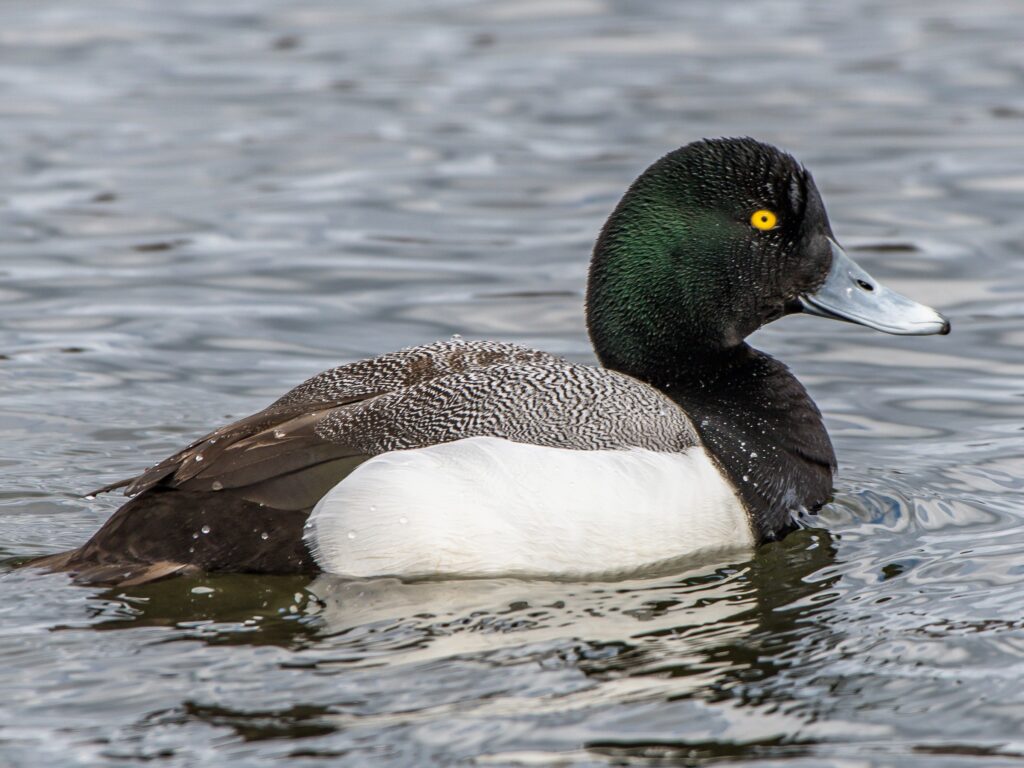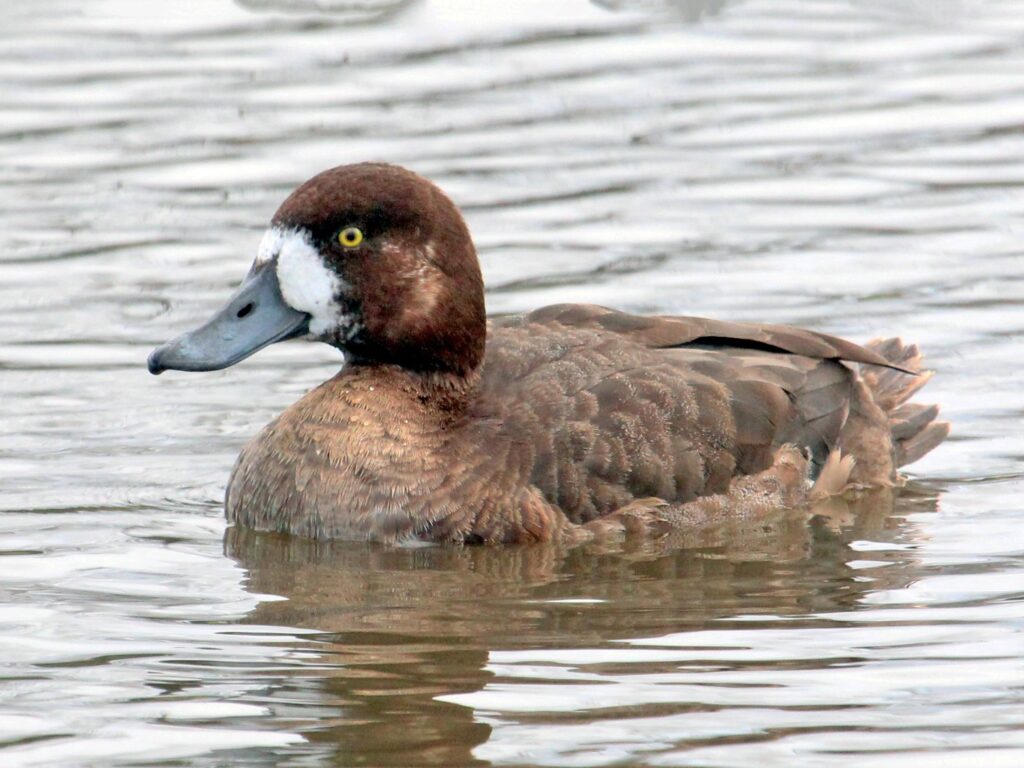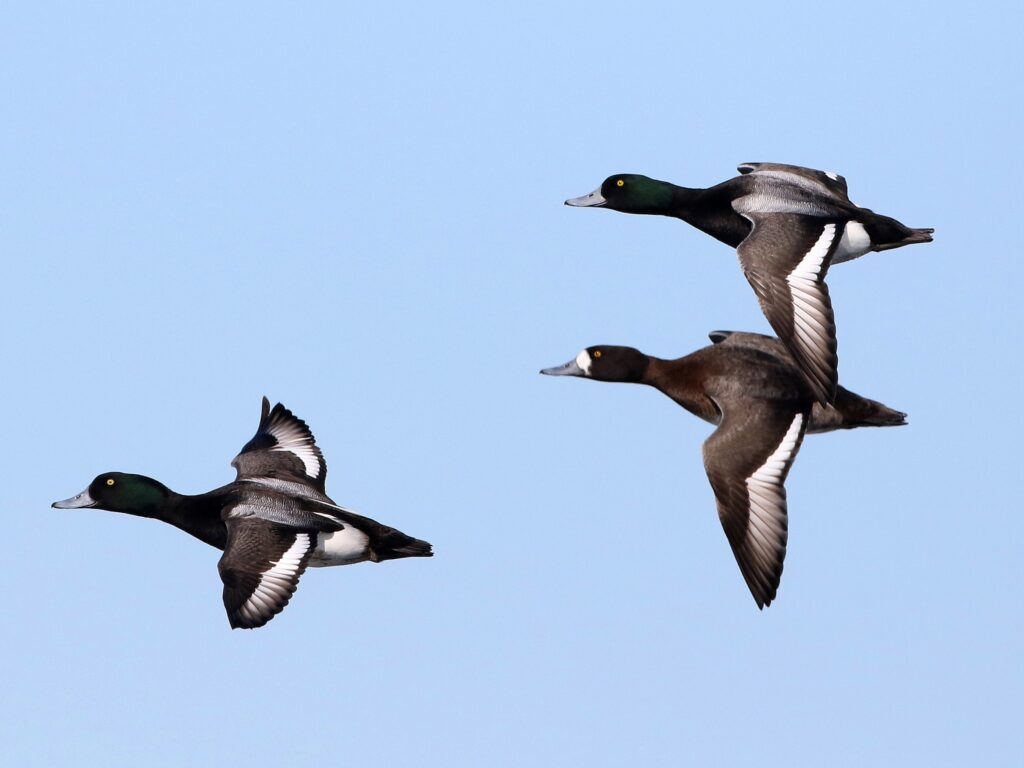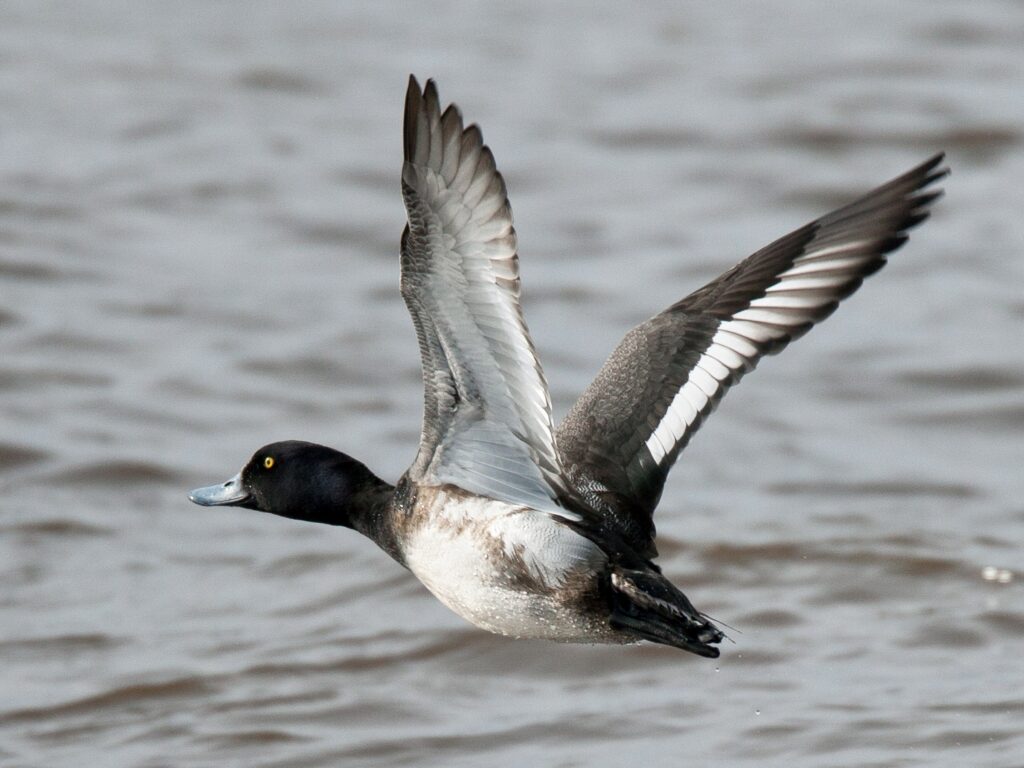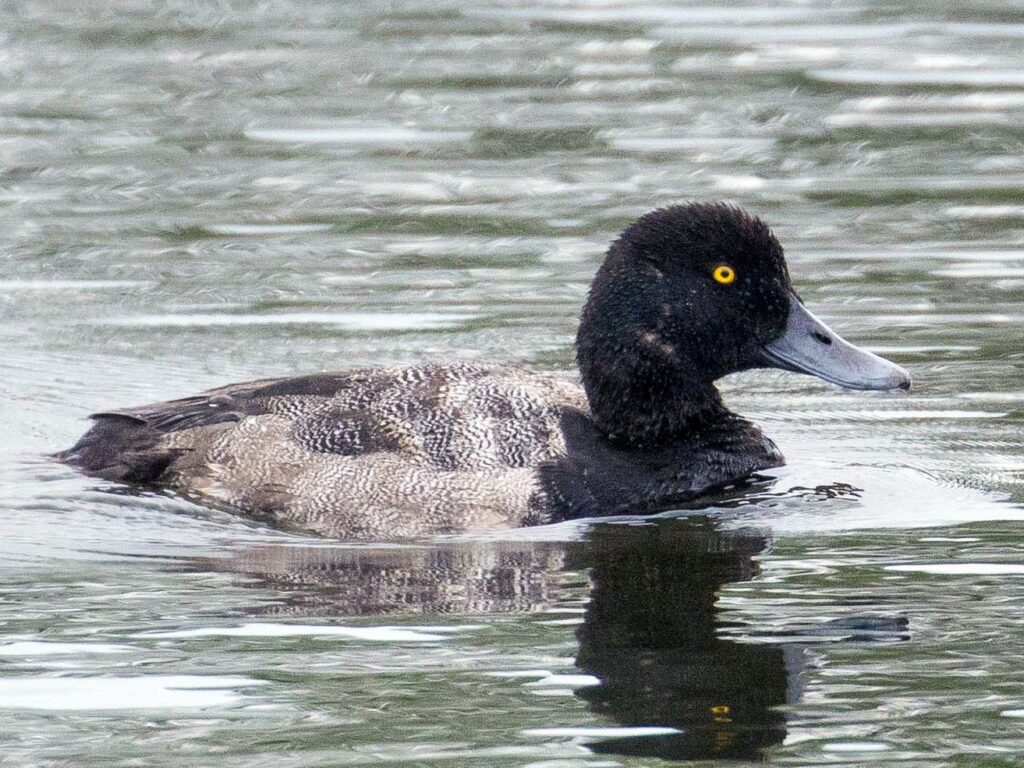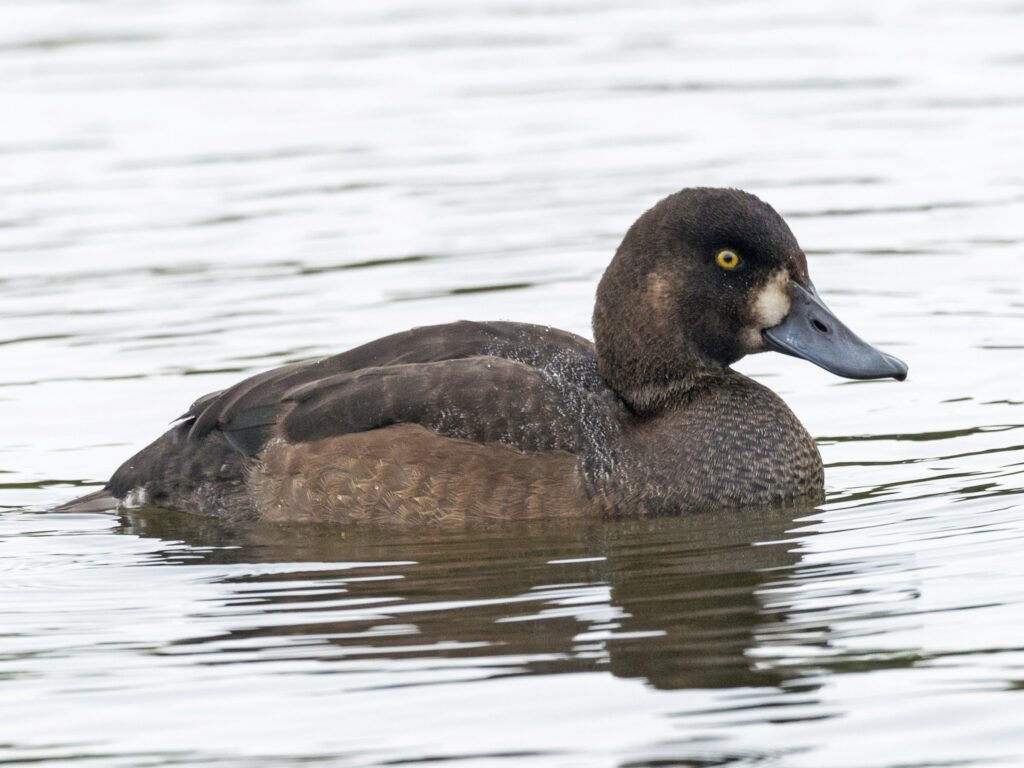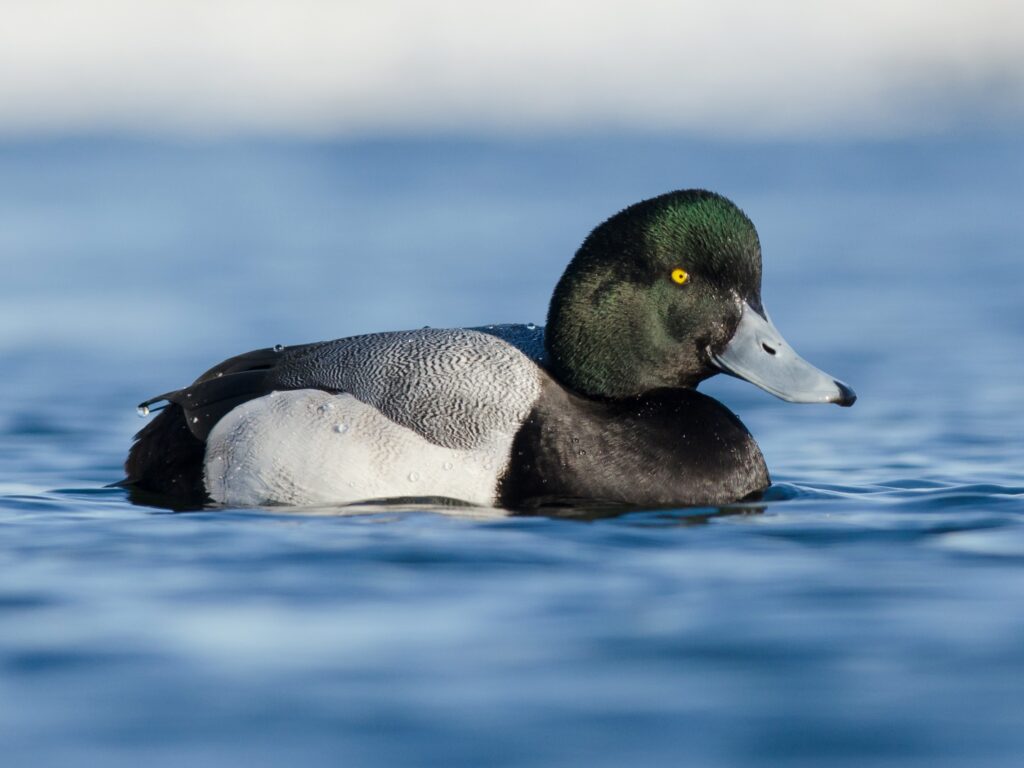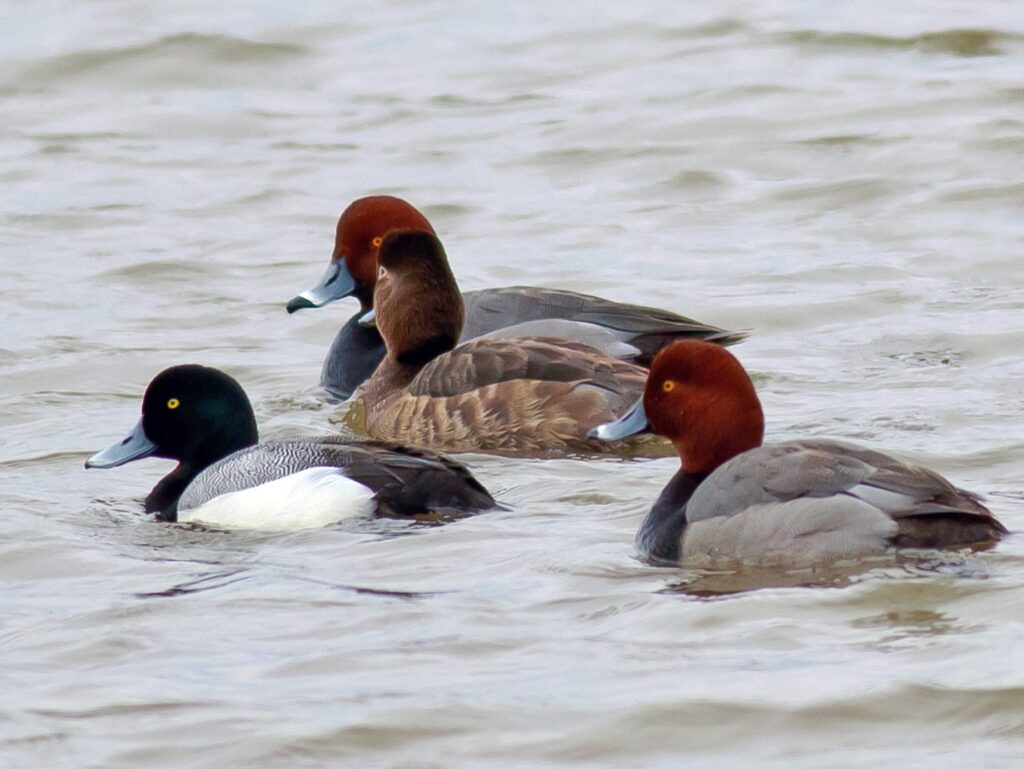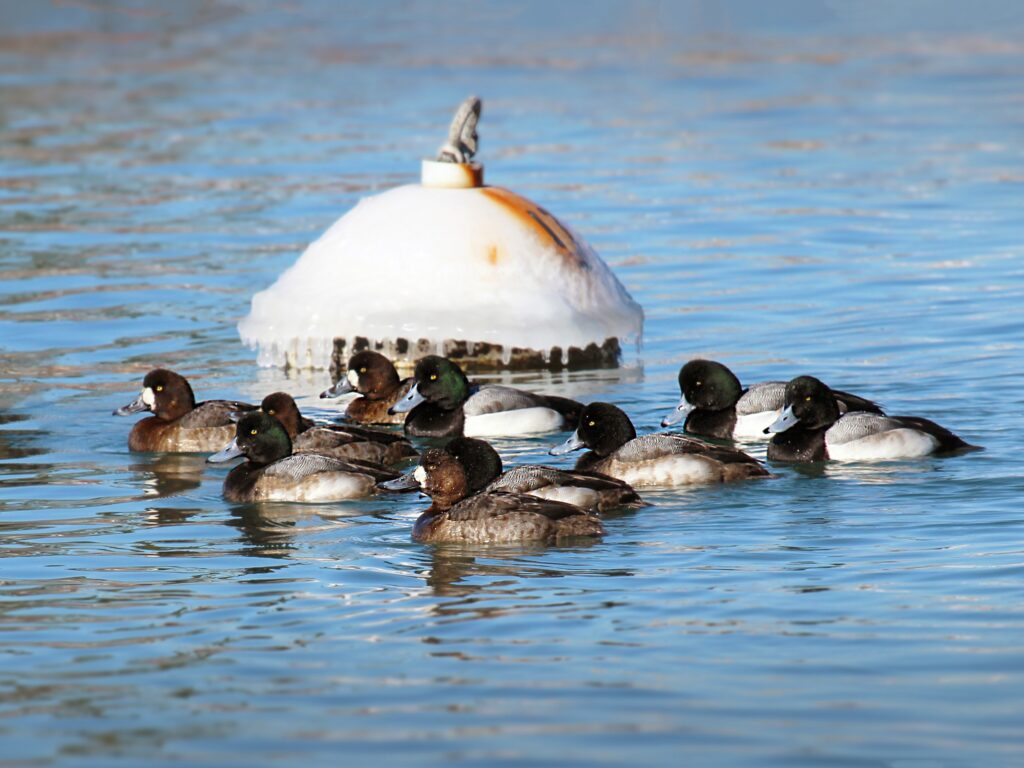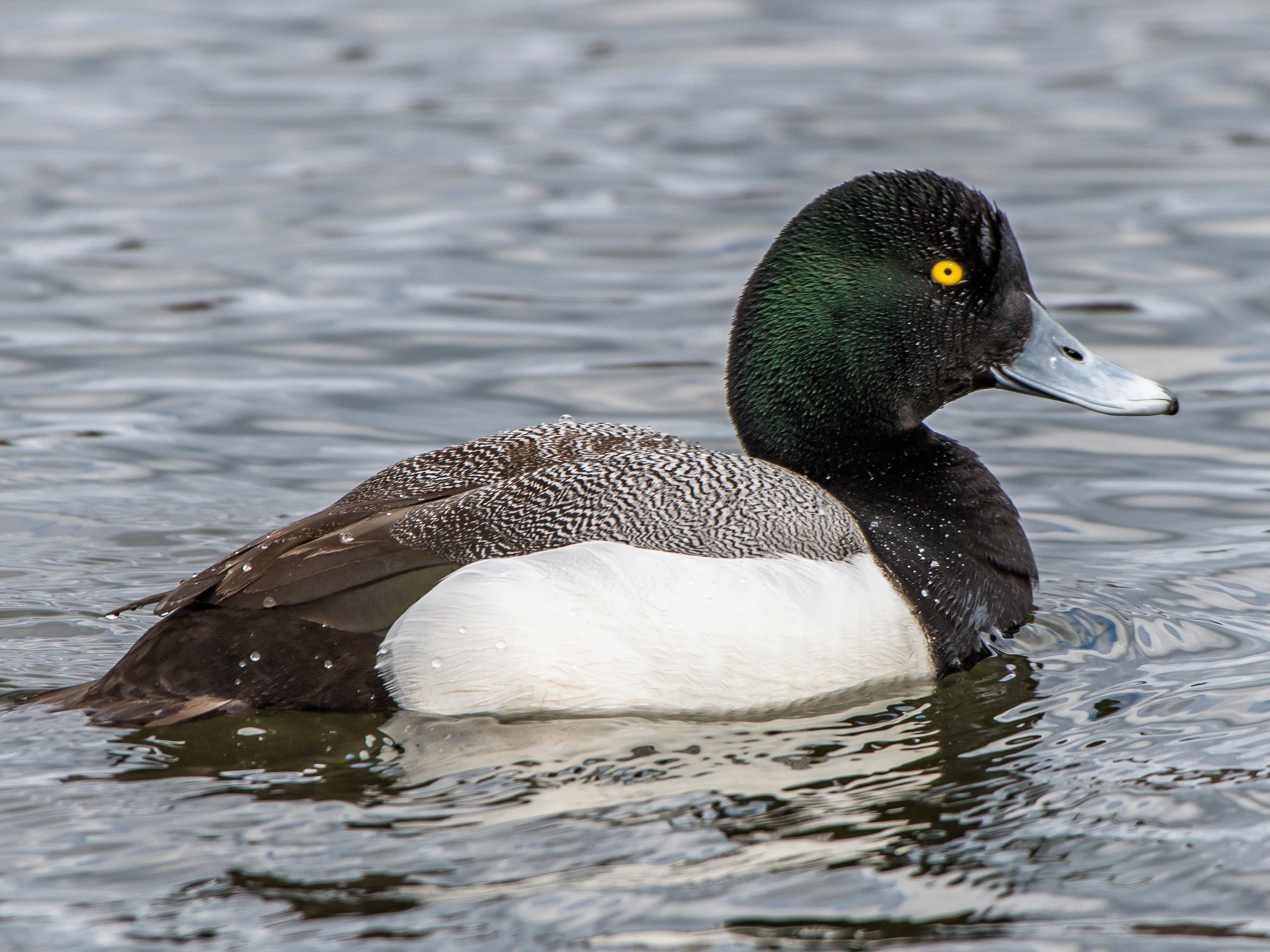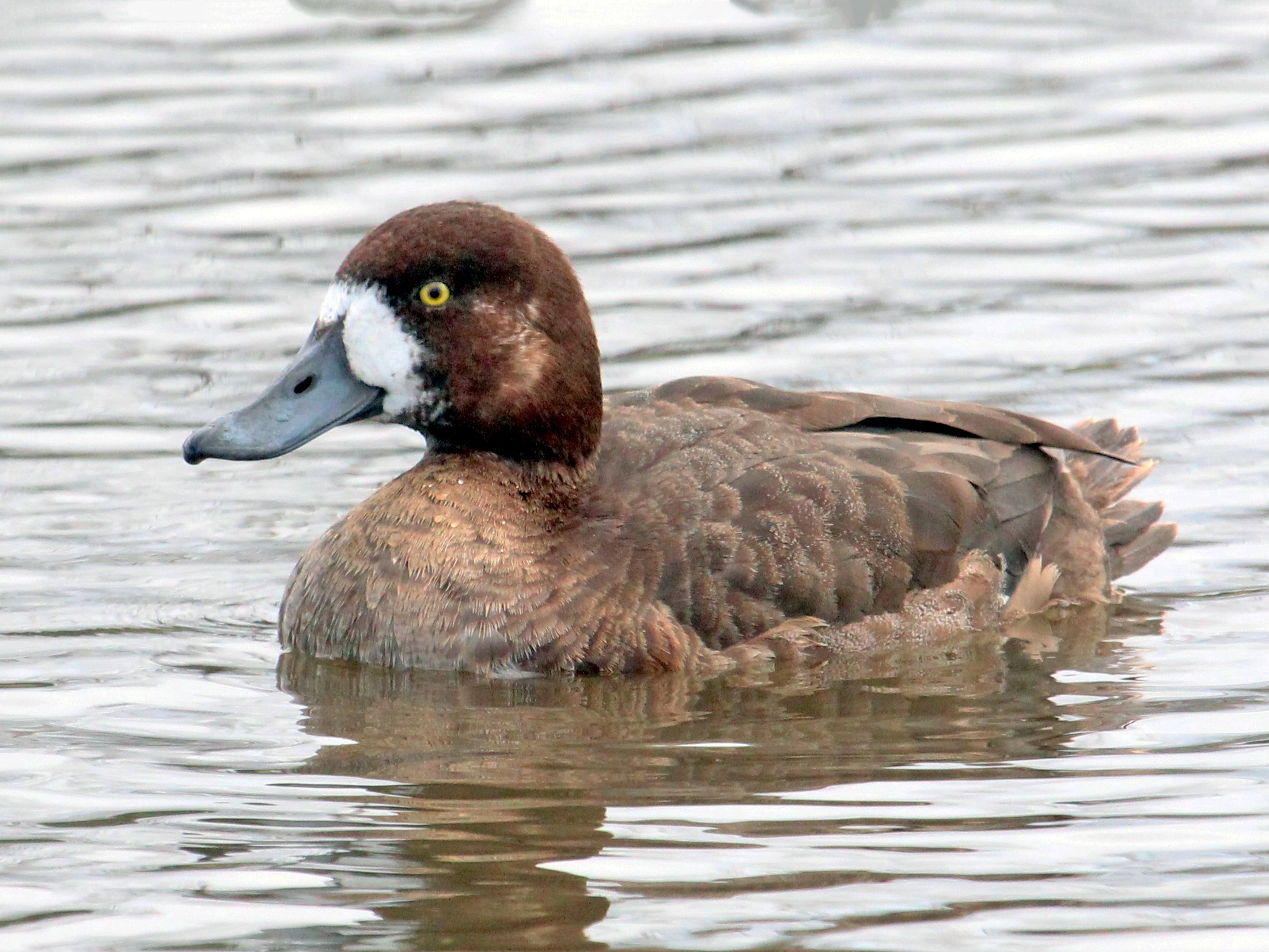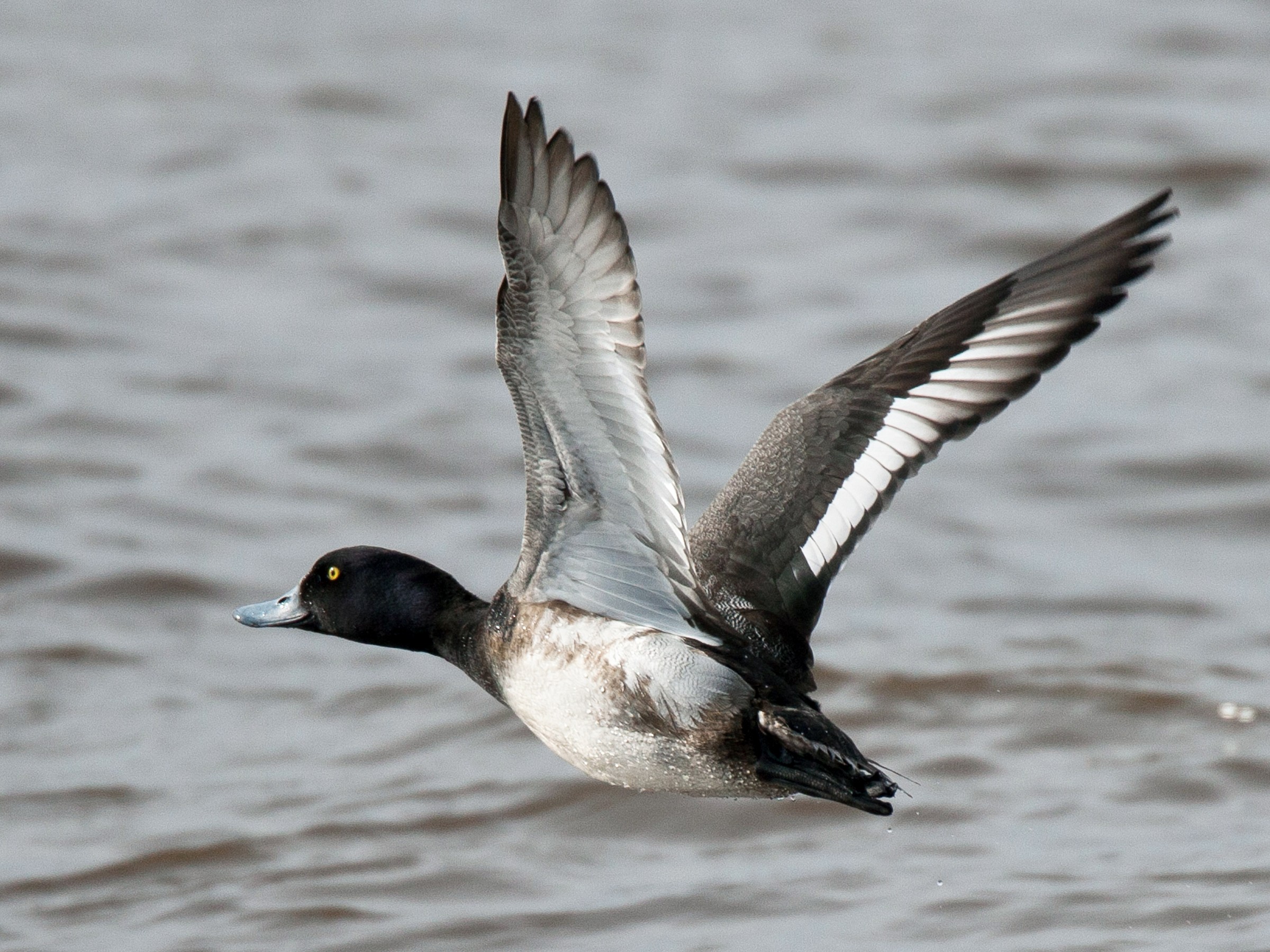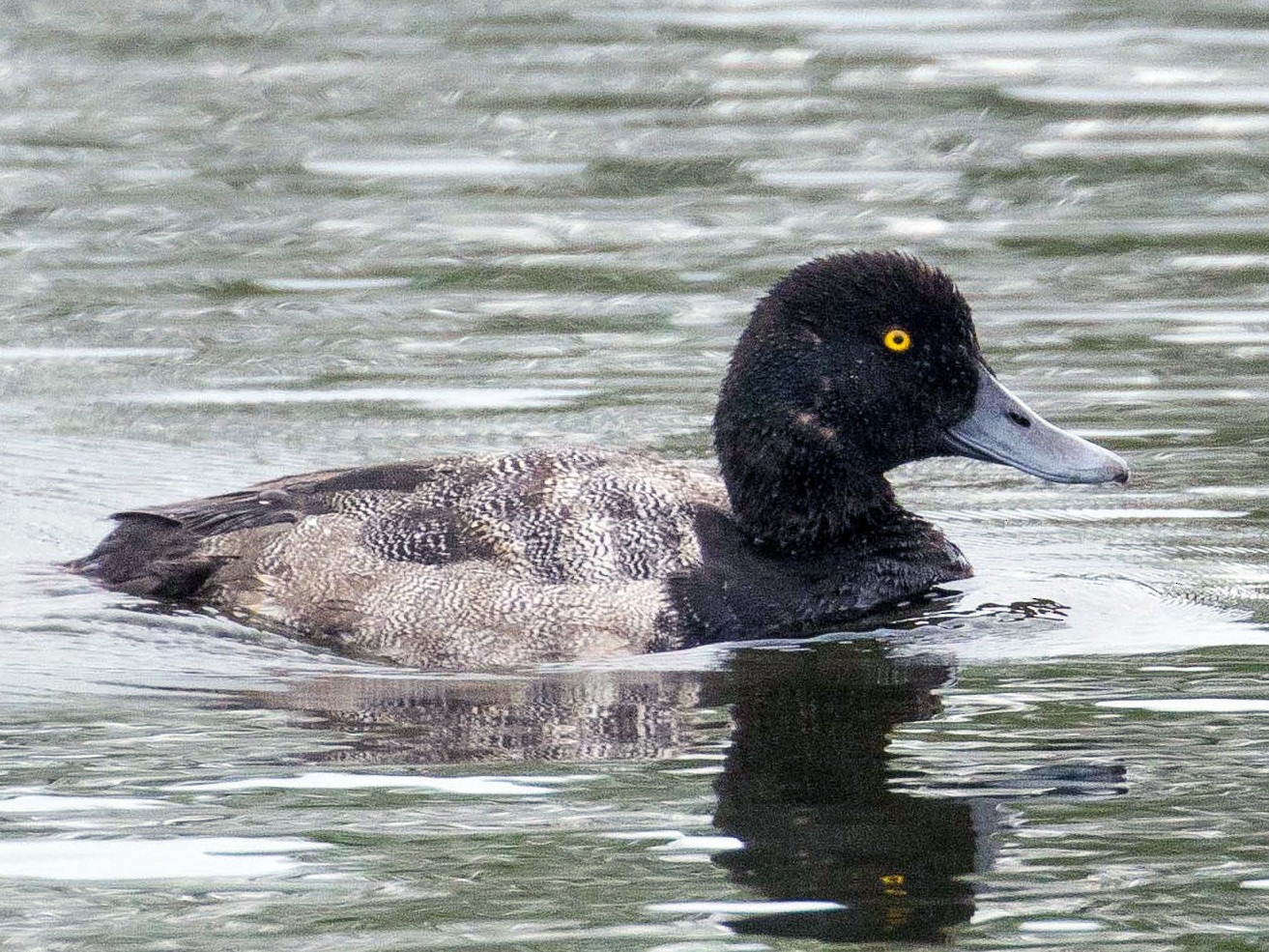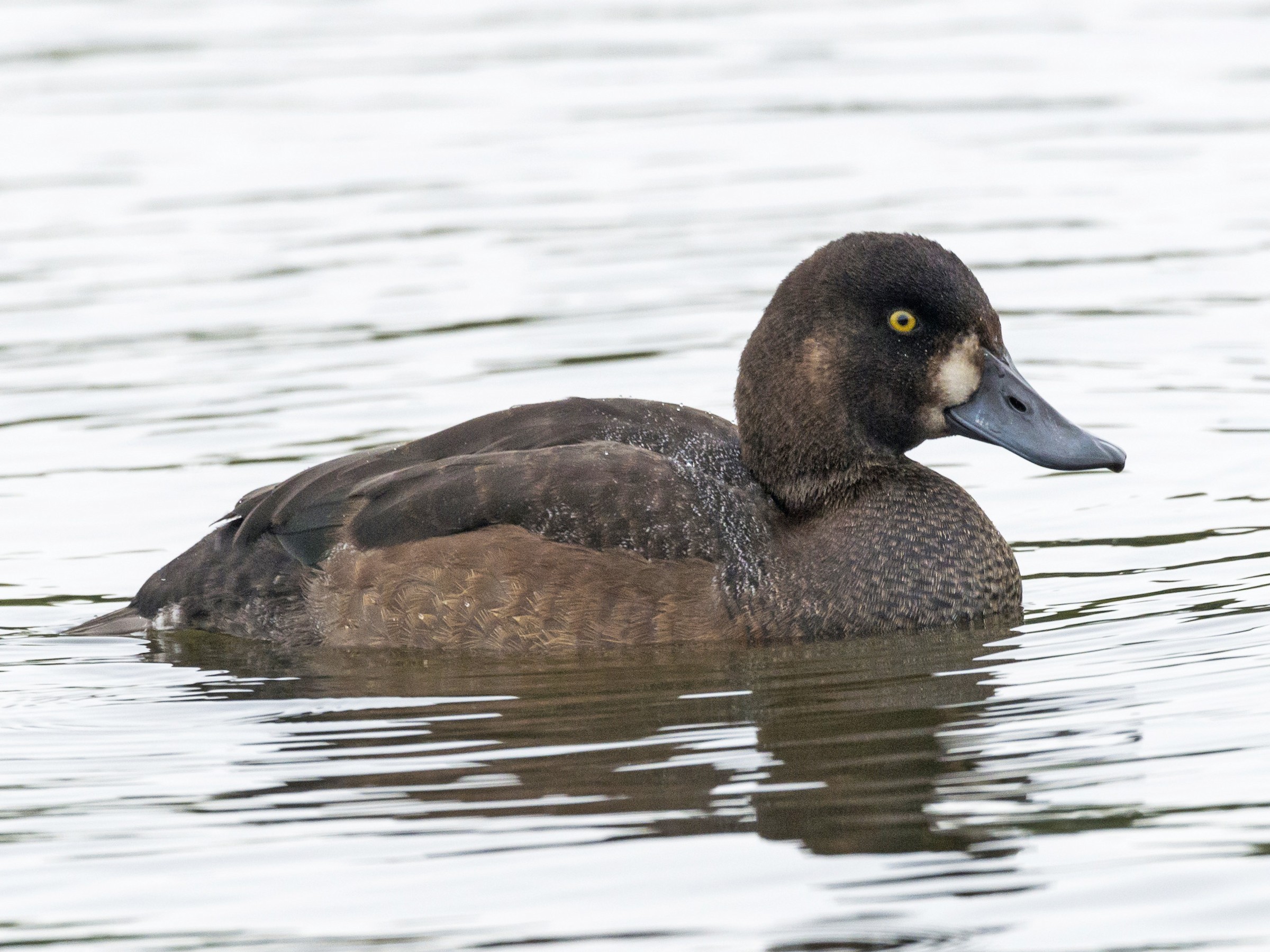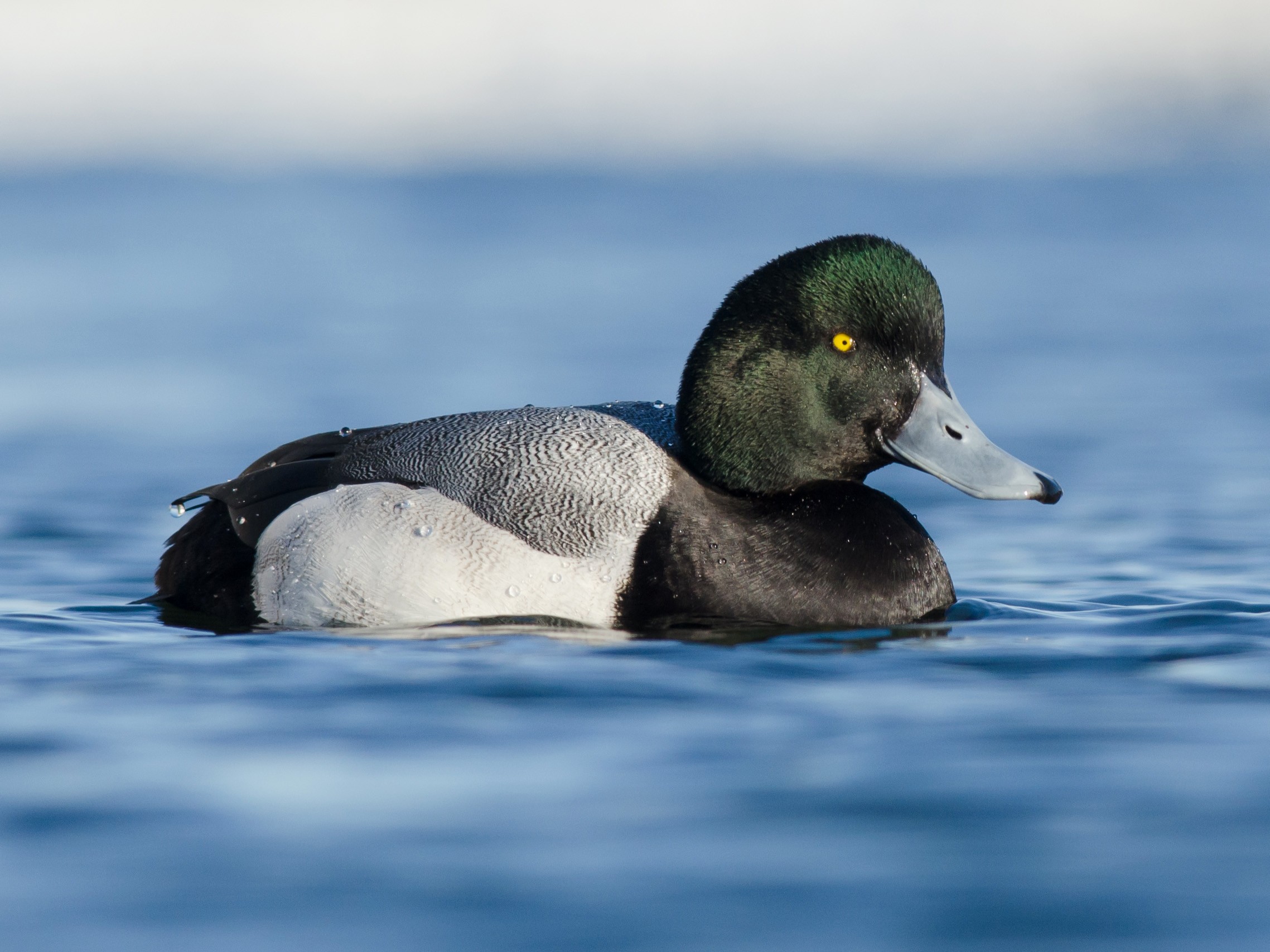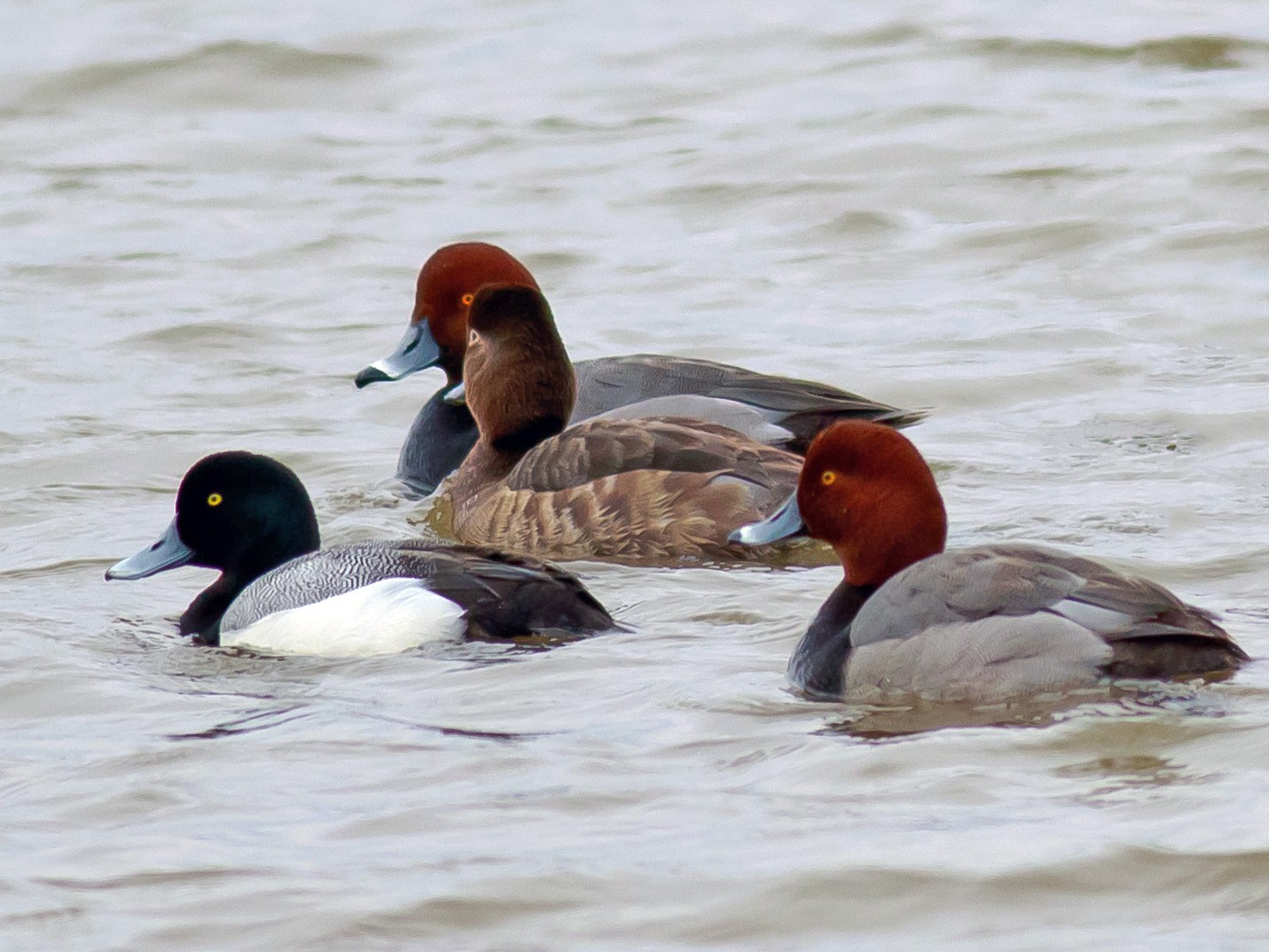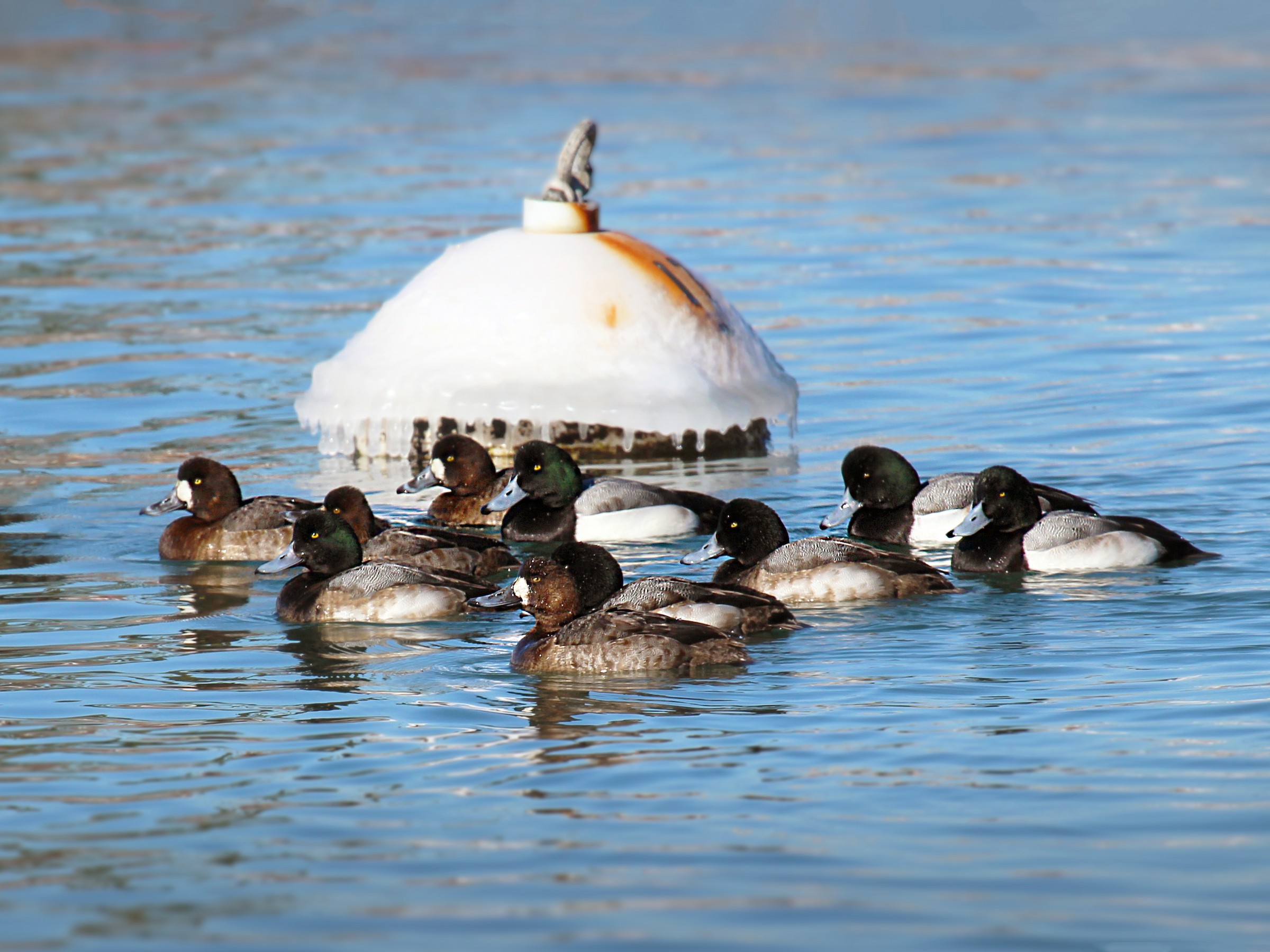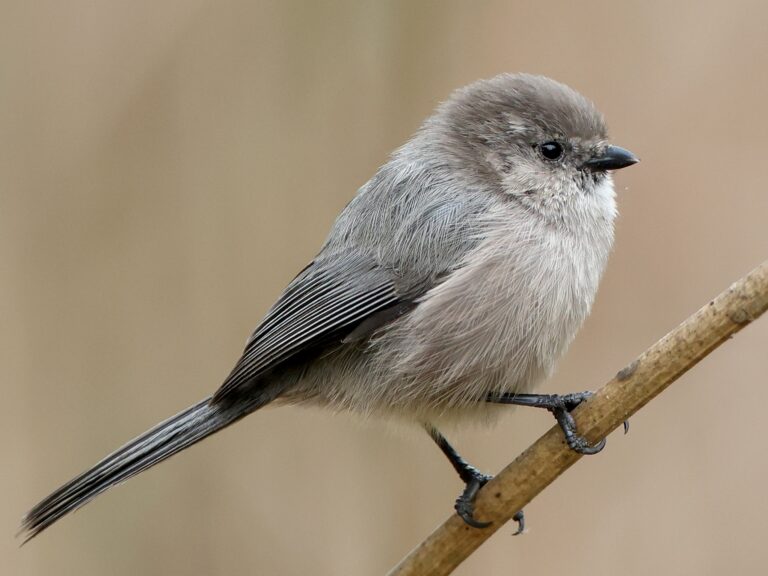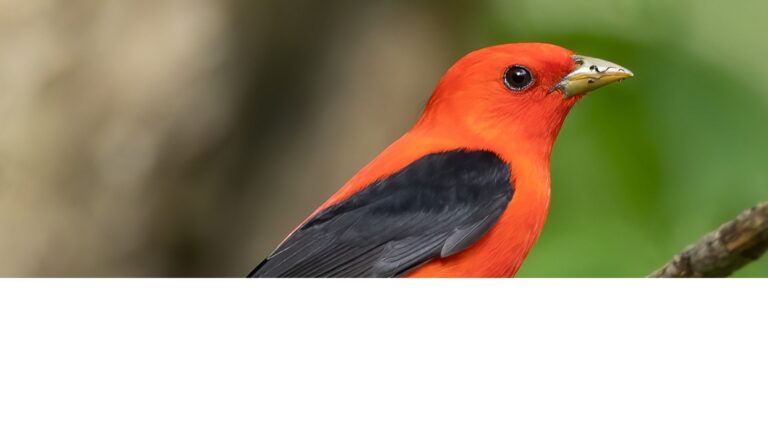Greater Scaup: The Majestic Duck of North America’s Wetlands
The Greater Scaup is a fascinating species of diving duck known for its striking appearance and adaptability in various habitats. This duck can be found across North America during migration and nesting seasons, making it an important species for bird watchers and conservationists alike. Its distinctive plumage and social behavior attract attention, providing glimpses into its life cycle, foraging habits, and vocalizations of the Greater Scaup.
These Greater Scaup ducks prefer shallow waters where they can easily forage for food, such as aquatic plants and small invertebrates. They often gather in large groups, displaying social behaviors that make them interesting to observe. Understanding their breeding patterns and regional distribution can shed light on the ecological role and conservation needs of the Greater Scaup.
As populations face various threats, knowing about this species is vital for those interested in wildlife and habitat preservation. The balance between their breeding areas and migration routes plays a crucial role in their survival and health as a species.
For those interested in birdwatching, the Greater Scaup’s unique characteristics make it a compelling subject for observation and study.
Key Takeaways
- Greater Scaups are found throughout North America during migration.
- They primarily feed on aquatic plants and invertebrates in shallow waters.
- Conservation efforts are essential to support their populations and habitats.
Species Overview
Greater Scaup are commonly found in wetlands, which are vital for their breeding and feeding.
This species is a notable member of the Anatidae family, recognized for its distinct features and behavior. Understanding its identification traits and how it compares in size to the Lesser Scaup is essential for bird watchers and researchers.
Bird watchers appreciate the differences between Greater Scaup and other similar species, enhancing the excitement of observing them in the wild.
Greater Scaup Identification
This diving duck, known scientifically as Aythya marila, has distinct markings that set it apart. Males have a striking dark green head, a white wing patch, and a rounded body that appears sleek. The females display a more subdued brown palette but still possess the characteristic light grayish bill.
Knowing how to identify the Greater Scaup can be beneficial for bird enthusiasts, especially when distinguishing it from the Lesser Scaup.
During migration, both sexes show a prominent white stripe on their sides. Their identification is crucial as they often intermingle with the Lesser Scaup, making accurate observation important for bird identification. This species is slightly larger, usually measuring about 15-20% bigger than its counterpart.
Size Comparison with Lesser Scaup
In comparing this duck to the Lesser Scaup, size is a key factor. The average length ranges from 16 to 20 inches, while the Lesser Scaup typically measures between 14 to 17 inches.
Their weights also differ; this species generally weighs between 1.5 to 3.5 pounds, compared to the Lesser Scaup, which weighs around 1 to 2.5 pounds.
The habitat of the Greater Scaup is essential for its survival, making conservation efforts critical.
This size difference may seem subtle but is significant during identification in the field. Bird watchers should note these distinctions, especially during migration seasons when both species can be seen in the same habitats.
Habitat and Distribution
When observing this duck, one can appreciate the beauty of the Greater Scaup in its natural habitat.
This species occupies various habitats throughout its life cycle. Their breeding and wintering ranges play crucial roles in their population dynamics. These areas provide the necessary resources for foraging, nesting, and shelter.
Breeding Range
Coastal lagoons are prime locations for spotting the Greater Scaup during winter migrations.
This duck primarily breeds in the northern regions of North America. This includes areas in Alaska and parts of Canada. Their preferred habitats are shallow lakes, marshes, and coastal tundra. These locations offer abundant plant life and invertebrates for feeding.
During foraging, the Greater Scaup showcases its diving skills to catch food underwater.
In the United States, they can be found in areas around the Great Lakes during the breeding season. They often return to the same nesting sites each year, which highlights their strong site fidelity. Breeding typically occurs from late April to mid-June, depending on local conditions.
Wintering Grounds
In winter, this species migrates to milder climates along both coasts of North America. They often inhabit saltwater bays, estuaries, and coastal lagoons where food is plentiful. Significant wintering sites include the Atlantic coast and the Pacific coast, with critical areas in California, particularly at sites like Bolsa Chica.
Inland, they can be found on large reservoirs and open lakes. The availability of food resources such as aquatic plants and mollusks influences their winter distribution. They show a notable preference for inshore waters, where they can easily dive for food.
Diet and Foraging
This species has a varied diet, consisting mainly of aquatic plants and small animals. Their foraging behavior is quite specific, as they dive to find food underwater. This section covers their diving habits and the types of food they consume.
Diving Behavior
This duck is a skilled diver. They can dive up to 20 feet below the surface to search for food. This ability is essential for their survival, especially during colder months when surface food is scarce.
When diving, they often use a technique called “tip-up” feeding. In this method, the bird tips its body forward with its tail in the air. This allows them to reach submerged vegetation and small invertebrates with ease.
They typically dive in groups, which helps them spot predators and locate food more effectively. Their strong legs and webbed feet aid in swimming quickly and maneuvering underwater.
Feeding on Plants and Animals
The diet mainly includes aquatic plants, insects, and small crustaceans. They consume a variety of seeds from water plants, like wild rice and eelgrass. These seeds provide necessary nutrients and energy.
In addition to plants, they also eat aquatic insects and snails. In the right conditions, they may feed on small fish, especially during spring migration. A study found that scaup often have a high overlap in diet with local fish populations, indicating a flexible feeding strategy.
This varied diet is important for their health and reproductive success, especially during migration. The availability of food sources directly impacts their energy levels and overall condition.
Reproduction
Reproduction involves specific nesting habits and careful egg-laying practices. These aspects play a crucial role in the success of their life cycle and overall population health.
Nesting Habits
This duck typically chooses nesting sites near water bodies, often in marshes, swamps, or along the edges of lakes. They prefer locations that offer cover from predators, such as tall grasses or reeds.
The female typically builds the nest using materials like grasses, down feathers, and other plant materials. She usually selects a site with a good view to watch for threats.
Nesting usually takes place from late April to June, coinciding with the abundance of food. This period is vital for building a strong foundation for the next generation.
Egg Laying and Incubation
Eggs are usually laid in clutches of 6 to 10 eggs. Each egg is typically greenish to pale buff in color. The female incubates the eggs for about 25 to 30 days.
During incubation, the female remains on the nest most of the time. She only leaves briefly to feed. This constant attention is crucial for keeping the eggs warm and safe.
After hatching, the ducklings are precocial, meaning they are relatively mature and mobile. They can leave the nest within a day and begin foraging for food. This independence increases their chances of survival as they adapt to their environment.
Conservation Status
This species is evaluated for conservation status due to its declining populations. Factors contributing to this decline include habitat loss, environmental changes, and hunting pressure.
Population Trends
Recent studies indicate that numbers have decreased significantly. Researchers found that both lesser and greater scaup populations combined show worrying trends linked to their breeding habitats.
Threats
Key threats include:
- Habitat Loss: Wetland destruction impacts breeding areas.
- Pollution: Contaminants affect food sources and health.
- Hunting: Overharvesting during hunting seasons can affect population sustainability.
Conservation Efforts
Efforts are underway to protect and manage populations. This includes:
- Habitat restoration programs aimed at improving wetland quality.
- Regulations on hunting to ensure sustainable practices.
- Research studies to assess population dynamics and health.
Game Bird Status
As a game bird, this species receives attention from hunters. Responsible hunting practices are essential to maintain a balance between game bird demand and population health.
Introduced Birds Impact
Introduced species can also pose challenges to native populations. These species may compete for resources, further stressing the already vulnerable populations.
Ongoing monitoring and adaptive management strategies are critical to ensure the future of this species.
Frequently Asked Questions
This section addresses common questions about this duck. It covers differences between species, habitat preferences, migratory behavior, rarity, dietary habits, and physical characteristics of males and females.
How can you distinguish between this species and a Lesser Scaup?
This duck is generally larger than the Lesser Scaup. It has a more rounded head and a larger bill. In flight, the wing markings differ, showing a distinctive white wing stripe.
What is the typical habitat for this species?
This duck prefers shallow coastal waters, lakes, and wetlands. They often inhabit areas with aquatic vegetation, which provides food and shelter. During breeding season, they favor freshwater habitats in northern regions.
What are the migratory patterns of this species?
These ducks are migratory birds that travel long distances. They breed in North America and migrate south to the central and eastern United States for the winter. Their migration typically occurs in fall and spring.
Is this duck considered a rare species?
This species is not classified as a rare species. However, its population has seen fluctuations, leading to conservation concerns. Monitoring is important to ensure their numbers remain stable.
How does the diet of this duck differ from other ducks?
This species primarily feeds on aquatic plants, invertebrates, and small fish. They dive to forage underwater, which differs from many other ducks that may feed more on the surface or in shallower areas.
What are the identifying characteristics of a male versus a female?
The adaptability of the Greater Scaup allows it to thrive in various environments, making it a resilient species.
Males display glossy green heads and a black breast, while females are a more muted brown with a lighter head. The color variations help differentiate the sexes during mating season and identification in the field.
